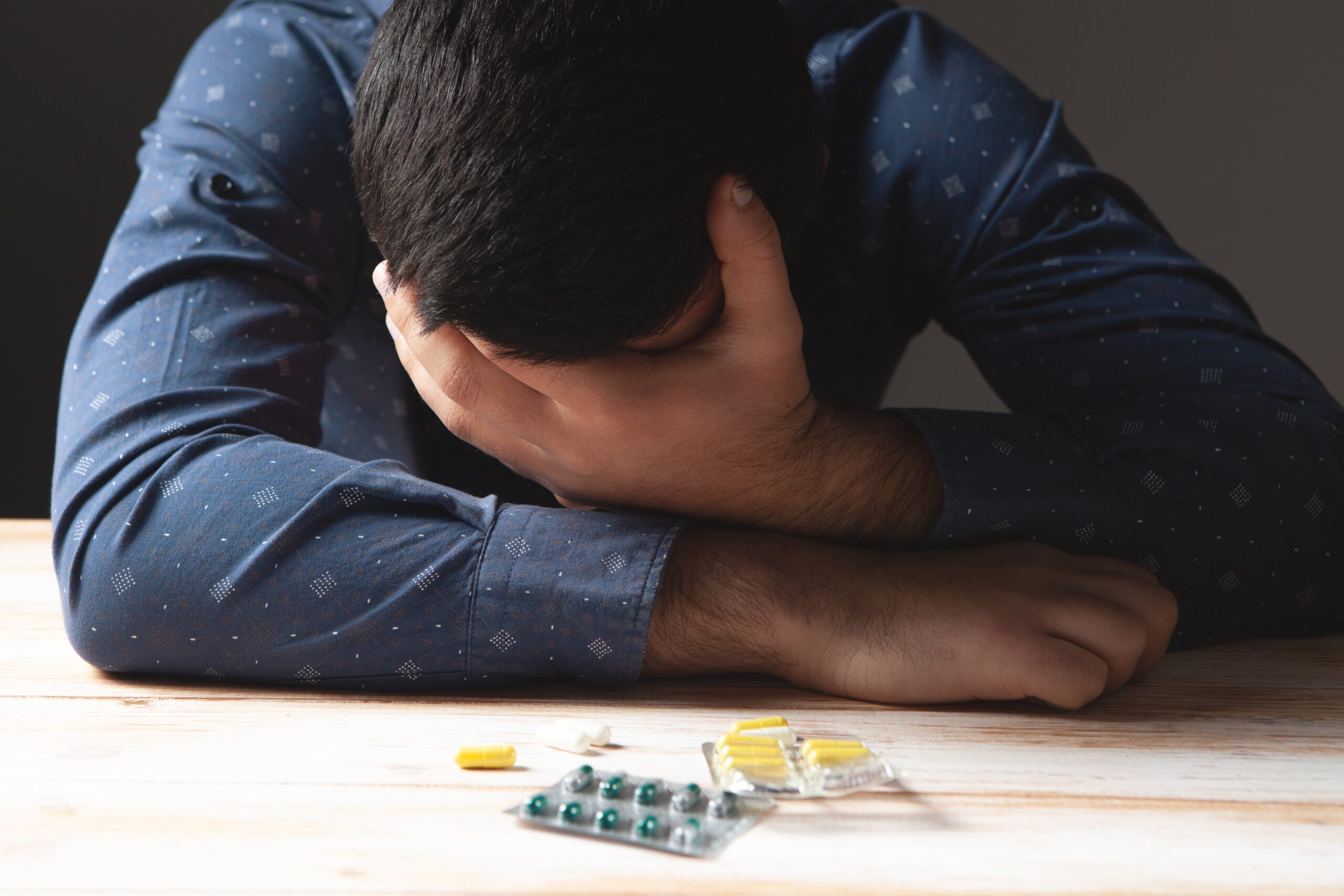Drug cravings are an intricate facet of addiction, often misunderstood and underestimated. They can be overwhelming and persistent, making recovery a challenging journey. Understanding the duration and nature of these cravings is essential for individuals battling addiction and for those supporting them. While pinpointing an exact timeframe for cravings can be complex due to varying factors, exploring the general timeline can shed light on this crucial aspect of addiction.
The Nature of Drug Cravings
Cravings are not merely a desire for a substance; they encompass a spectrum of psychological, physiological, and environmental triggers. They can manifest as intrusive thoughts, intense urges, and emotional distress, compelling an individual to seek drugs. Factors like the type of substance, duration of use, genetic predispositions, mental health, and environmental cues all play a role in shaping these cravings.
Why Do Cravings Happen?
Cravings stem from a combination of psychological, physiological, and environmental factors, including:
- Neurological Changes. Substance use alters the brain’s reward circuitry. Drugs hijack the brain’s natural reward system, flooding it with neurotransmitters like dopamine, which creates a sense of pleasure or euphoria. Over time, the brain becomes accustomed to these elevated levels of neurotransmitters. This rewiring reinforces the association between the substance and pleasure, making cravings more intense and frequent.
- Psychological Factors. Emotions can also trigger cravings. Stress, anxiety, depression, or even positive emotions can evoke cravings as individuals seek to cope with or enhance their emotional state. Additionally, environments associated with past drug use, such as specific places, people, objects, or even certain smells or sounds, can trigger intense cravings by activating memories linked to substance use.
- Physiological Factors. When someone stops using a substance, the body undergoes withdrawal. Physical symptoms like nausea, sweating, insomnia, and anxiety can intensify cravings, making it challenging to resist the urge to use again.
- Social and Environmental Influences. Social circles and peer influence can significantly impact cravings. Being around individuals who use drugs or being in environments where drug use is prevalent can trigger the desire to use substances. Easy access to drugs or alcohol can also increase the likelihood of experiencing cravings, as the availability of the substance acts as a constant temptation.
- Co-Occurring Mental Health Conditions. Individuals with co-occurring mental health disorders, such as anxiety, depression, or PTSD, often experience heightened cravings. Mental health conditions can exacerbate the intensity and frequency of cravings.
How Long Do Cravings Last?
Shortly after quitting a substance, cravings peak. Immediate withdrawal symptoms can intensify these urges, making it a tumultuous period for individuals trying to abstain. Physiological symptoms such as nausea, sweating, anxiety, and insomnia can exacerbate the psychological craving for the substance. During this phase, cravings can be frequent, intense, and challenging.
In the first few days or weeks of abstinence, these cravings might seem overwhelming. However, they gradually diminish in intensity and frequency with time and appropriate support.
The 90-Day Mark
Studies suggest that the first 90 days of recovery are crucial. The brain undergoes significant changes during this period and relearns how to function without the substance. Cravings tend to decrease in intensity and occurrence as the brain’s chemistry stabilizes. It’s important to note that the 90-day mark isn’t a guarantee that cravings will disappear entirely. But for many individuals, cravings become more manageable.
Long-Term Recovery
Beyond the initial 90 days, cravings can linger but often become more sporadic and less intense. However, specific triggers, such as stress, encountering substances or situations associated with past drug use, or emotional turmoil, can reignite cravings even after extended periods of abstinence.
Long-term recovery involves developing coping strategies and a robust support system to navigate these occasional cravings. Cognitive-behavioral therapies, support groups, mindfulness practices, and healthy lifestyle changes play pivotal roles in managing and reducing the impact of cravings.
Individuality Matters
It’s essential to recognize that the duration and intensity of cravings vary from person to person. Factors like the type of substance used, the duration of addiction, co-occurring mental health disorders, and overall health can influence the timeline of cravings. Some cravings may persist for extended periods, requiring ongoing support and effort to manage effectively. Fortunately, there are several coping strategies to manage cravings effectively.
Coping Strategies for Managing Cravings
Some of the most effective coping strategies for managing cravings include:
- Identifying Triggers: Recognizing triggers that provoke cravings is crucial. Avoiding or effectively managing these triggers can significantly reduce the frequency of cravings.
- Developing A Healthy Lifestyle: Regular exercise, a balanced diet, and adequate sleep contribute to overall well-being and can diminish the intensity of cravings.
- Building A Healthy Support Network: A solid support system comprising friends, family, support groups, or therapy can provide crucial assistance during challenging times.
- Mindfulness Practices: Techniques like meditation, deep breathing, and mindfulness exercises help manage stress and control impulsive behaviors, reducing the impact of cravings.
- Therapeutic Interventions: Engaging in therapies like Cognitive Behavioral Therapy (CBT) equips individuals with skills to cope with cravings and manage emotions effectively.
While the duration and intensity of drug cravings can vary significantly among individuals, understanding the general timeline and employing effective coping mechanisms are crucial for sustained recovery. Acknowledging that cravings might persist even after extended periods of abstinence helps individuals prepare and develop strategies to manage them.
Let Us Be Your Bridge Of Hope
Recovery is a journey marked by progress and setbacks. With the proper support, education, and coping strategies, individuals battling addiction can navigate through cravings and move towards a healthier, drug-free life. Seeking professional help and maintaining a commitment to the recovery process are pivotal steps toward managing and eventually overcoming drug cravings. Our treatment programs can help. Contact us today and let us be your bridge of hope.


 Verify Insurance
Verify Insurance
 Toll Free Call
Toll Free Call